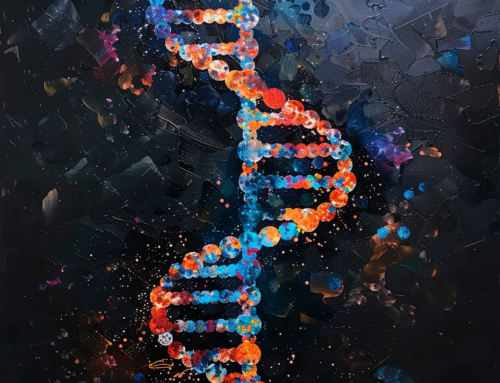What prompts the request for the haemoglobin test? This test, gauging the levels of haemoglobin, a vital oxygen-carrying protein in red blood cells, is undertaken to assess various aspects of blood health. Why might one need this test? It serves to detect and quantify the severity of conditions like anaemia (characterized by too few red blood cells) or polycythaemia (marked by an excess of red blood cells). Additionally, it is employed to monitor the effectiveness of treatment and to inform decisions related to blood transfusions.
Q: What is the purpose of the haemoglobin test? A: The test measures haemoglobin levels, a vital protein in red blood cells that transports oxygen throughout the body.
Q: What conditions does the test help identify? A: It aids in detecting and assessing the severity of conditions like anaemia (too few red blood cells) or polycythaemia (excess red blood cells).
Q: When is the haemoglobin test usually conducted? A: It’s part of the full blood count (FBC) for various reasons. Also, it’s done before surgeries anticipating a blood transfusion and repeated for ongoing bleeding issues.
Q: What information does the test result provide? A: Normal haemoglobin values in adults range from 135 to 175 g/L for males and 115 to 165 g/L for females. Abnormal values may signal conditions such as dehydration, excess red blood cell production, severe lung disease, or iron deficiency.
Q: Are there factors affecting haemoglobin levels? A: Yes, age, sex, and ethnic origin influence levels, which also follow a daily rhythm—peaking around 8 a.m. and lowest at 8 p.m.
Q: Any additional noteworthy points? A: Haemoglobin levels slightly decrease during pregnancy, heavy smokers often have higher levels, and living in high altitudes increases values due to lower oxygen availability.
Q: How does exercise impact haemoglobin levels? A: Generally, exercise doesn’t influence levels, except for a temporary increase due to dehydration.
Q: How is low haemoglobin treated? A: Treatment depends on the cause and may involve supplements like iron, folic acid, or vitamins B12 or B6.
Q: Who might be at greater risk of abnormal haemoglobin levels? A: Women of childbearing age may see temporary decreases during menstrual periods and pregnancy.
Q: What are warning signs for low haemoglobin levels? A: Signs include fatigue, fainting, pallor (loss of normal skin colour), and shortness of breath.
Q: Can a healthy diet contribute to optimal haemoglobin levels? A: Absolutely, maintaining a diet rich in vegetables and iron-containing foods supports optimal haemoglobin levels.








Leave A Comment